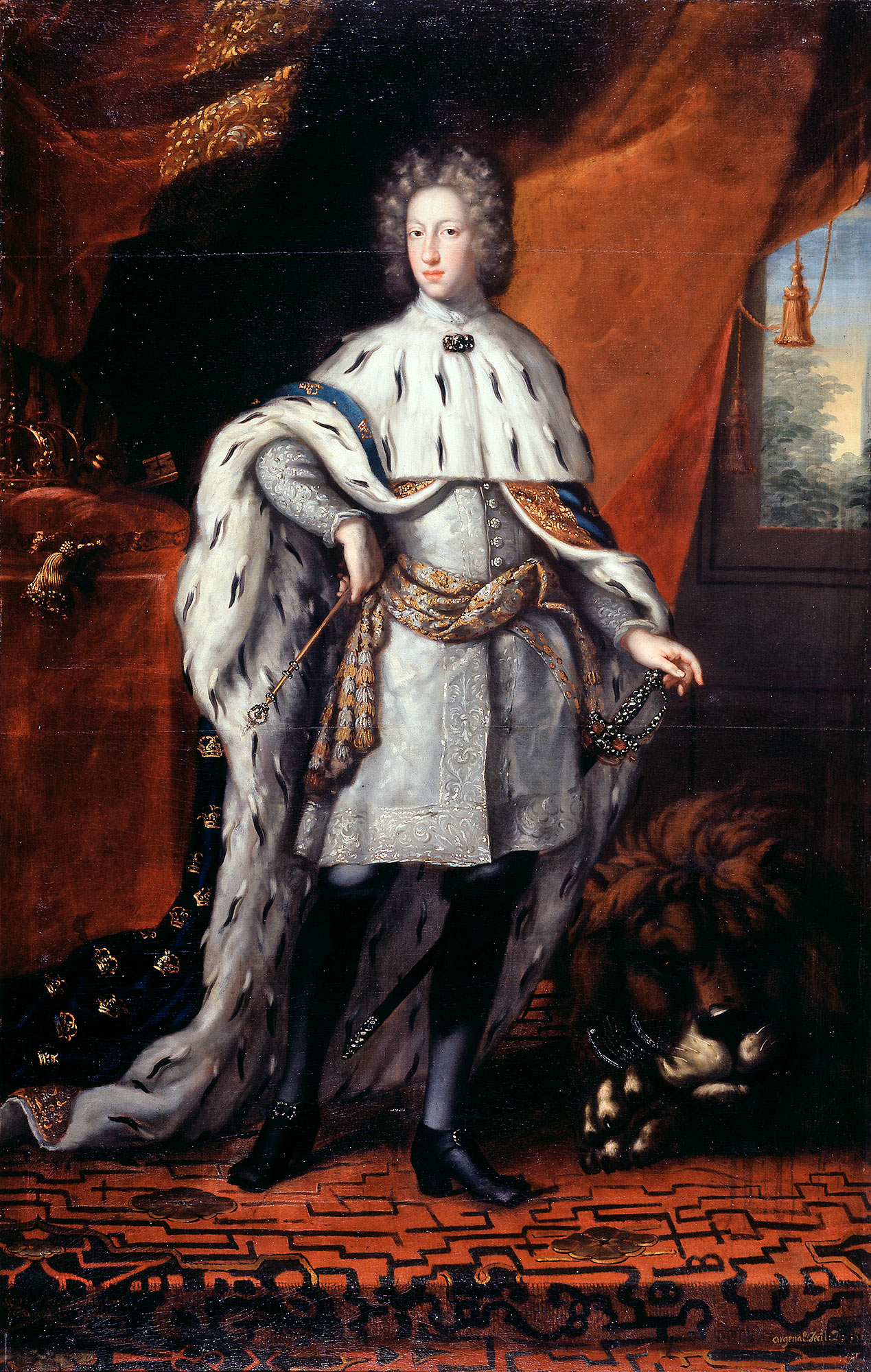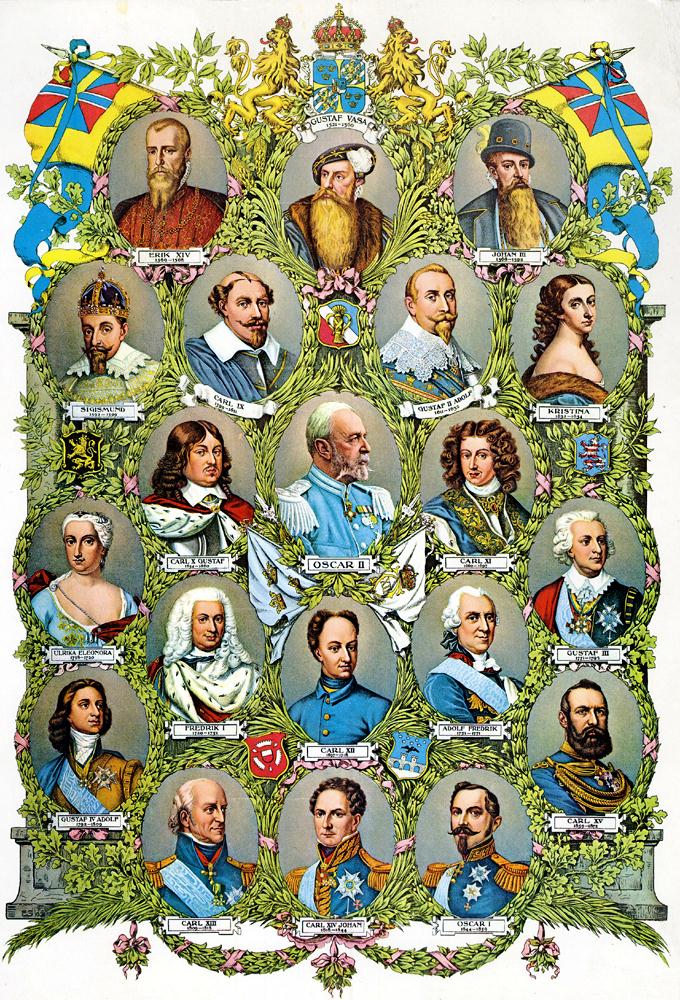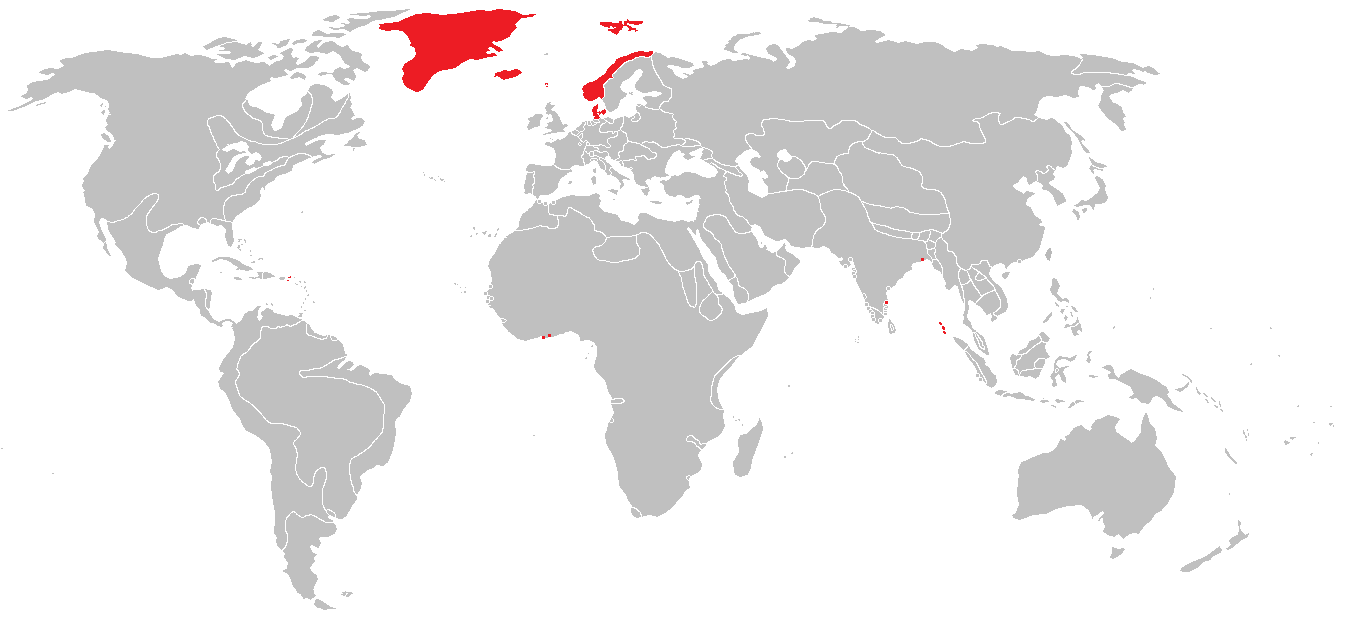|
King Charles XII Of Sweden
Charles XII, sometimes Carl XII ( sv, Karl XII) or Carolus Rex (17 June 1682 – 30 November 1718 Adoption of the Gregorian calendar, O.S.), was King of Sweden (including current Finland) from 1697 to 1718. He belonged to the House of Palatinate-Zweibrücken, a branch line of the House of Wittelsbach. Charles was the only surviving son of Charles XI of Sweden, Charles XI and Ulrika Eleonora the Elder. He assumed power, after a seven-month caretaker government, at the age of fifteen. In 1700, a triple alliance of Denmark–Norway, Electorate of Saxony, Saxony–Polish–Lithuanian Commonwealth, Poland–Lithuania and Tsardom of Russia, Russia launched a threefold attack on the Swedish protectorate of Holstein-Gottorp and provinces of Swedish Livonia, Livonia and Swedish Ingria, Ingria, aiming to draw advantage as the Swedish Empire was unaligned and ruled by a young and inexperienced king, thus initiating the Great Northern War. Leading the Swedish army against the alliance, Cha ... [...More Info...] [...Related Items...] OR: [Wikipedia] [Google] [Baidu] |
List Of Swedish Monarchs
This is a list of Swedish kings, queens, regents and viceroys of the Kalmar Union. History The earliest record of what is generally considered to be a Swedish king appears in Tacitus' work '' Germania'', c. 100 AD (the king of the Suiones). However, due to scant and unreliable sources before the 11th century, lists of succession traditionally start in the 10th century with king Olof Skötkonung, and his father Eric the Victorious, who also were the first Swedish kings to be baptized. There are, however, lists of Swedish pagan monarchs with far older dates, but in many cases these kings appear in sources of disputed historical reliability. These records notably deal with the legendary House of Yngling, and based on the Danish chronicler Saxo Grammaticus, Eric the Victorious and Olof Skötkonung have often been classified as belonging to the Swedish house of Ynglings, tracing them back to Sigurd Hring and Ragnar Lodbrok (whom Saxo considered to belong to the House of Yngling). Ho ... [...More Info...] [...Related Items...] OR: [Wikipedia] [Google] [Baidu] |
Denmark–Norway
Denmark–Norway (Danish and Norwegian: ) was an early modern multi-national and multi-lingual real unionFeldbæk 1998:11 consisting of the Kingdom of Denmark, the Kingdom of Norway (including the then Norwegian overseas possessions: the Faroe Islands, Iceland, Greenland, and other possessions), the Duchy of Schleswig, and the Duchy of Holstein.Feldbæk 1998:21f, 125, 159ff, 281ff The state also claimed sovereignty over three historical peoples: Frisians, Gutes and Wends.Feldbæk 1998:21 Denmark–Norway had several colonies, namely the Danish Gold Coast, the Nicobar Islands, Serampore, Tharangambadi, and the Danish West Indies.Feldbæk 1998:23 The union was also known as the Dano-Norwegian Realm (''Det dansk-norske rige''), Twin Realms (''Tvillingerigerne'') or the Oldenburg Monarchy (''Oldenburg-monarkiet'') The state's inhabitants were mainly Danes, Norwegians and Germans, and also included Faroese, Icelanders and Inuit in the Norwegian overseas possessions, a Sami minori ... [...More Info...] [...Related Items...] OR: [Wikipedia] [Google] [Baidu] |
Carl Gustav Rehnskiöld
Count Carl Gustav Rehnskiöld (6 August 1651 – 29 January 1722) was a Swedish Field Marshal (''Fältmarskalk'') and Royal Councillor. He was mentor and chief military advisor to King Charles XII of Sweden, and served as deputy commander-in-chief of the Carolean Army, an army he assisted both in its education and development. Rehnskiöld grew up in Swedish Pomerania and studied at Lund University under philosopher Samuel von Pufendorf. He entered Swedish war service in 1673 and participated with distinction in the Battles of Halmstad, Lund, and Landskrona during the Scanian War, where he was appointed Lieutenant-Colonel and Adjutant-General. After the war, he was commander of several regiments, observer and tutor to Duke Frederick IV during the Nine Years' War, and Governor-General of Scania. In the Great Northern War he was Charles XII's right-hand man in the operative organization of the Carolean Army and drafted the battle plans for the landing at Humlebæk and for the b ... [...More Info...] [...Related Items...] OR: [Wikipedia] [Google] [Baidu] |
Suing For Peace
Suing for peace is an act by a warring party to initiate a peace process. Rationales "Suing for", in this older sense of the phrase, means "pleading or petitioning for". Suing for peace is usually initiated by the losing party in an attempt to stave off an unconditional surrender. The nation holding the upper hand may find, in the losing party's offer of making peace, an opportunity for relief from the necessity of having to continue to wage a costly war. Pressing for peace may sometimes, however, be started by the winning faction as a means to end the war for several reasons, such as if additional conflict would not be in the perceived best interest of the winning party. In that case, demands might be made, or both nations may agree to a "white peace", which is a return to the status quo ante bellum (the prewar situation). Examples The First Sino-Japanese War (1 August 1894 – 17 April 1895) was fought between the Qing Dynasty of China and the Empire of Japan, primarily over ... [...More Info...] [...Related Items...] OR: [Wikipedia] [Google] [Baidu] |
Peter The Great
Peter I ( – ), most commonly known as Peter the Great,) or Pyotr Alekséyevich ( rus, Пётр Алексе́евич, p=ˈpʲɵtr ɐlʲɪˈksʲejɪvʲɪtɕ, , group=pron was a Russian monarch who ruled the Tsardom of Russia from to 1721 and subsequently the Russian Empire until his death in 1725, jointly ruling with his elder half-brother, Ivan V until 1696. He is primarily credited with the modernisation of the country, transforming it into a European power. Through a number of successful wars, he captured ports at Azov and the Baltic Sea, laying the groundwork for the Imperial Russian Navy, ending uncontested Swedish supremacy in the Baltic and beginning the Tsardom's expansion into a much larger empire that became a major European power. He led a cultural revolution that replaced some of the traditionalist and medieval social and political systems with ones that were modern, scientific, Westernised and based on the Enlightenment. Peter's reforms had a lasting ... [...More Info...] [...Related Items...] OR: [Wikipedia] [Google] [Baidu] |
Battle Of Narva (1700)
The Battle of Narva ( rus, Битва при Нарве ''Bitva pri Narve''; sv, Slaget vid Narva) on (20 November in the Swedish transitional calendar) was an early battle in the Great Northern War. A Swedish relief army under Charles XII of Sweden defeated a Russian siege force three to four times its size. Previously, Charles XII had forced Denmark–Norway to sign the Treaty of Travendal. Narva was not followed by further advances of the Swedish army into Russia; instead, Charles XII turned southward to expel August the Strong from Livonia and Poland-Lithuania. Tsar Peter the Great of Russia took Narva in a second battle in 1704. Background During the 17th century, Russia was less advanced technologically than the rest of Europe, a condition which extended to its armed forces.Peter The Great – Swift Despite this shortcoming, Peter the Great of Russia was keen to get "an adequate opening to the Baltic" by conquering parts of Sweden's Baltic provinces Russia lost ... [...More Info...] [...Related Items...] OR: [Wikipedia] [Google] [Baidu] |
Swedish Army
The Swedish Army ( sv, svenska armén) is the land force of the Swedish Armed Forces. History Svea Life Guards dates back to the year 1521, when the men of Dalarna chose 16 young able men as body guards for the insurgent nobleman Gustav Vasa in the Swedish War of Liberation against the Danish-dominated Union of Kalmar, thus making the present-day Life Guards one of the world's oldest regiments still on active duty. In 1901, Sweden introduced conscription. The conscription system was abolished in 2010 but reinstated in 2017. Organisation The peace-time organisation of the Swedish Army is divided into a number of regiments for the different branches. The number of active regiments has been reduced since the end of the Cold War. However the Swedish Army has begun to expand once again. The regiment forms training organizations that train the various battalions of the army and home guard. The Swedish Armed Forces recently underwent a transformation from conscription-based ... [...More Info...] [...Related Items...] OR: [Wikipedia] [Google] [Baidu] |
Great Northern War
The Great Northern War (1700–1721) was a conflict in which a coalition led by the Tsardom of Russia successfully contested the supremacy of the Swedish Empire in Northern, Central and Eastern Europe. The initial leaders of the anti-Swedish alliance were Peter I of Russia, Frederick IV of Denmark–Norway and Augustus II the Strong of Saxony– Poland–Lithuania. Frederick IV and Augustus II were defeated by Sweden, under Charles XII, and forced out of the alliance in 1700 and 1706 respectively, but rejoined it in 1709 after the defeat of Charles XII at the Battle of Poltava. George I of Great Britain and the Electorate of Hanover joined the coalition in 1714 for Hanover and in 1717 for Britain, and Frederick William I of Brandenburg-Prussia joined it in 1715. Charles XII led the Swedish army. Swedish allies included Holstein-Gottorp, several Polish magnates under Stanislaus I Leszczyński (1704–1710) and Cossacks under the Ukrainian Hetman Ivan Mazepa (1708–17 ... [...More Info...] [...Related Items...] OR: [Wikipedia] [Google] [Baidu] |
Swedish Empire
The Swedish Empire was a European great power that exercised territorial control over much of the Baltic region during the 17th and early 18th centuries ( sv, Stormaktstiden, "the Era of Great Power"). The beginning of the empire is usually taken as the reign of Gustavus Adolphus, who ascended the throne in 1611, and its end as the loss of territories in 1721 following the Great Northern War. After the death of Gustavus Adolphus in 1632, the empire was controlled for lengthy periods by part of the high nobility, such as the Oxenstierna family, acting as regents for minor monarchs. The interests of the high nobility contrasted with the uniformity policy (i.e., upholding the traditional equality in status of the Swedish estates favoured by the kings and peasantry). In territories acquired during the periods of ''de facto'' noble rule, serfdom was not abolished, and there was also a trend to set up respective estates in Sweden proper. The Great Reduction of 1680 put an end to th ... [...More Info...] [...Related Items...] OR: [Wikipedia] [Google] [Baidu] |
Swedish Ingria
Swedish Ingria ( sv, Svenska Ingermanland, ‘land of Ingrians’) was a dominion of the Swedish Empire from 1583 to 1595 and then again from 1617 to 1721, when it was ceded to the Russian Empire in the Treaty of Nystad. History Ingria was ceded to Sweden by Russia together with the County of Kexholm by the Treaty of Stolbovo in 1617. It consisted of the area along the basin of the river Neva, between the Gulf of Finland, the Narva River, Lake Peipsi in South-West, and Lake Ladoga in North-East. Bordering to Kexholm and Swedish Karelia by the Sestra ''(Rajajoki /Systerbäck)'' river in North-West. Ingria fell to Sweden in the 1580s, was returned to Russia by the Treaty of Teusina (1595), and again ceded to Sweden in the Treaty of Stolbovo (1617). Sweden's interest of the territory was strategic: as a buffer zone against Russian attacks on the Karelian Isthmus and present-day Finland; and Russian trade was to pass through Swedish territory. In addition, Ingria became the destin ... [...More Info...] [...Related Items...] OR: [Wikipedia] [Google] [Baidu] |
Swedish Livonia
Swedish Livonia ( sv, Svenska Livland) was a dominion of the Swedish Empire from 1629 until 1721. The territory, which constituted the southern part of modern Estonia (including the island of Ösel ceded by Denmark after the Treaty of Brömsebro) and the northern part of modern Latvia (the Vidzeme region), represented the conquest of the major part of the Polish-Lithuanian Duchy of Livonia during the 1600–1629 Polish-Swedish War. Parts of Livonia and the city of Riga were under Swedish control as early as 1621 and the situation was formalized in the Truce of Altmark 1629, but the whole territory was not ceded formally until the Treaty of Oliva in 1660. The minority part of the Wenden Voivodeship retained by the Polish–Lithuanian Commonwealth was renamed the Inflanty Voivodeship ("''Livonian Principality''"), which today corresponds to the Latgale region of Latvia. Riga was the second largest city in the Swedish Empire at the time. Together with other Baltic Sea dominions, ... [...More Info...] [...Related Items...] OR: [Wikipedia] [Google] [Baidu] |
Holstein-Gottorp
Holstein-Gottorp or Schleswig-Holstein-Gottorp () is the historiographical name, as well as contemporary shorthand name, for the parts of the duchies of Schleswig and Holstein, also known as Ducal Holstein, that were ruled by the dukes of Schleswig-Holstein-Gottorp. Other parts of the duchies were ruled by the kings of Denmark. The territories of Gottorp are located in present-day Denmark and Germany. The main seat of the dukes was Gottorf Castle in the city of Schleswig in the duchy of Schleswig. It is also the name of the ducal house, which ascended to several thrones. For this reason, genealogists and historians sometimes use the name of Holstein-Gottorp for related dynasties of other countries. The formal title adopted by these rulers was "Duke of Schleswig, Holstein, Dithmarschen and Stormarn", but that title was also used by his kinsmen, the kings of Denmark and their cadet branches, as it was the common property of all these agnates. The Gottorp branch held '' Landeshohei ... [...More Info...] [...Related Items...] OR: [Wikipedia] [Google] [Baidu] |







